
Restoration of the Col. H. G. Blake House Phase Two: The Roof. The Col. H.G. Blake House is on the National Register of Historic Places and is a beloved home and living museum.
The Debate: Replace or Repair?
Once the side of the house had been pulled in (see “Closing the Gap: Underground Railroad Site Restoration Phase One” at hgblakehouse.com), it was time to address the next big issue in stabilizing the beloved Col. H. G. Blake house.
A lot of leaks had developed in the slate roof, some around the base of the chimney, some scattered along the roof edge. The first question that had to be answered was whether there would be repairs made to the roof or if it was time to do a complete tear off of the 168-year-old slate and replace it with asphalt shingles.
While there were numerous assurances from one roofer that he could install a shingle that would look “just like the original slate,” that option was a last resort.
I consulted with Nancy McClelland Wilson, whose family had lived in the house for 100 years.
We had met in 1998 when she dropped by the house to visit and found to her surprise that the family she had sold the house to years ago had now sold it to my family. Nancy quickly became a very dear friend and a tremendous supporter for the preservation of her family’s legacy.
We both agreed that what we wanted most of all was to preserve the slate roof rather than replace it, and Nancy offered to help with the funding for the project. Neither of us could accept that this piece of the house’s history would be lost forever.
The roofer dug in his heels and did everything he could to convince me to replace the slate. Up to this point, he had been a trusted roofer who had worked on the roof various times over the previous 18 years.
The more I said we wanted to keep the original slate and repair it, he kept adding numerous levels to the roof project, including suggesting several additional people who should be hired to complete each part of the project (a mason to tear down the chimney to roof level and rebuild, a gutter company to replace gutters, a carpenter to replace rotted wood underneath the shingles, and more).
It began to feel very overwhelming. At one point, the quote for the roof replacement option was $25,000. The repair option estimate kept increasing and was close to $25,000, with only a few of the other suggested workers included.
At that point, it was decided to call Dan Reljin of Ohio Restoration Solutions, who also has experience with slate roofs.
Dan examined the roof, he frowned, he squinted, he walked around and around the house, he sent a slate specialist from his company to climb up on the roof and examine it. When Dan returned, his face had brightened and he had good news.
Not only could the roof be saved (I swear I heard angels singing!) and he had an Amish team of workers who had lots of experience in this kind of work, but the leader of the team had slate pieces stacked in his backyard for just such repairs and to top it all off, the slate was from the ORIGINAL quarry that the slate on Blake House had come from 168 years ago!
Once again, in the eleventh hour, just the right person had arrived at Blake House.
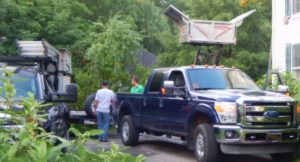
The Ohio Restoration Solutions team arrives
The Amish team that arrived on July 31, 2016, was very kind. Every one of the team members was extremely safety minded, not only for themselves, but for my family members as well; they were very kind and respectful; and they were very dedicated to their craft. Seeing them on the roof felt like a trip back in time to when the house was so carefully built. There was an atmosphere that all was right in the world.
I asked Dan if the slate being removed could possibly be saved. He readily agreed, but the look on the Amish foreman’s face was priceless.
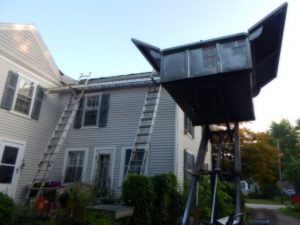

They already had raised a large mechanical scissor-lift box up to roof level and had started tossing in the slate being removed. “She wants to save it???”, he asked in dismay. Dan said, yes, and had me show them where it could be piled.
Soon after the work began, I heard some kind of wet, sloppy substance hitting the back patio. It looked like leaf rot from the gutter. It actually was the rotted wood from under the shingles. It looked like compost. That was the moment I realized how very lucky we were that the leaks had not been worse and how badly the work being done was needed.
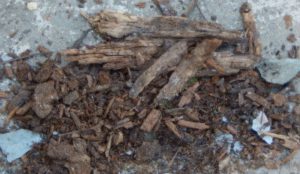
It was much wetter when it first came off the roof, this is what the wood underneath the slate plates was like. What is pictured is much drier than it was when it first came off the roof, for safety reasons, it was a couple of hours before I could get close to get a picture.
At one point, the large difference in the Amish way of life and mine was very obvious when I needed to leave for work and their truck was blocking my path. I explained to the Amish foreman that I had to go to work, and his eyebrows raised as he said in a dismayed tone, “You go to work?” I smiled, as we looked each other up and down, him in his traditional Amish clothing and me in my old-fashioned hat and modern clothes.
He must have thought that since I had taken the previous day off from work and was home that I was a stay-at-home mother. They very quickly moved their truck, made sure I got out of the driveway safely and when I returned at the end of the day, they already had ensured I would be able to pull right in. It is very rare that I have had workers here who were that considerate and kind.
Within two days, the carpenter had replaced the wood, the Amish had replaced the slate and the project was finished. Because the slate matched so exactly, no one can tell that three rows of slate and the underlying wood were replaced. A small part of history had been saved.

After they left, to my amazement, I found four neat stacks of slate waiting for me right where I had asked for it to be placed under the shade of a black walnut tree. These wonderful workers had taken the time to very carefully and caringly stack all of those old slate shingles. Because they cared to take the time to do that, I knew with confidence that the same care had been taken with their restoration of the roof.
Special Note: Sadly, a little more than a year after the house had been stabilized, beloved Nancy McClelland Wilson was overcome by cancer after a valiant and courageous battle. She lived long enough to know her beloved family home had been stabilized. I like to think she still watches over the house, just from a different vantage point now, and has reunited with her parents and others who lived here and worked to keep this house safe from the ravages of developers and time.
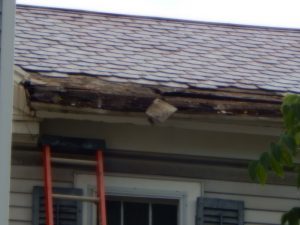
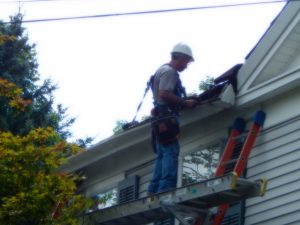
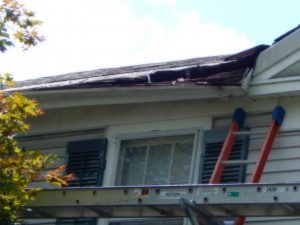

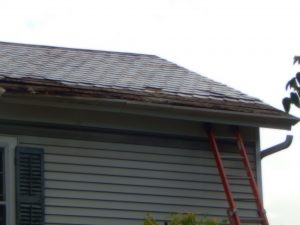


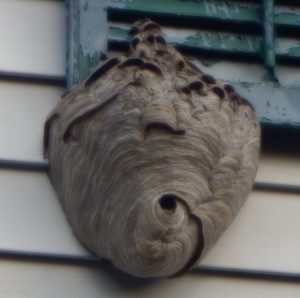
One of the challenges the roofers had to deal with was the very large wasp nest on the side of the house.
If you would like to learn more and keep up with our progress, like and follow https://www.facebook.com/Save-the-Slate-Underground-Railroad-Site-Needs-Help-106579376371892/ and www.facebook.com/H-G-Blake-House-449472958577273/ If you would like to contribute to the restoration fund, as much more work still needs to be done, please go to https://www.gofundme.com/savetheslate
Copyright 2017 A. Barnes | All Rights Reserved.

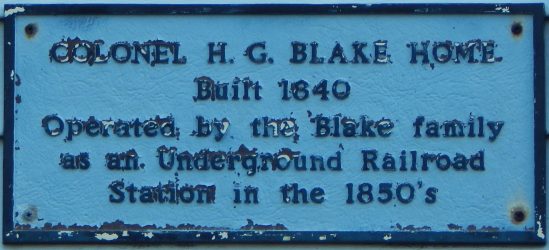
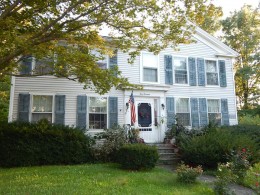
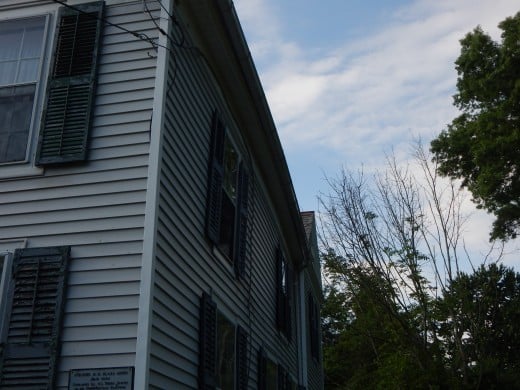
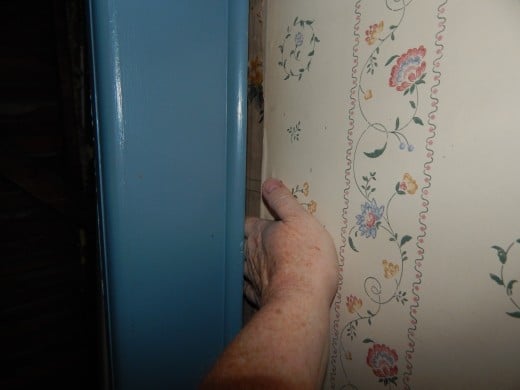
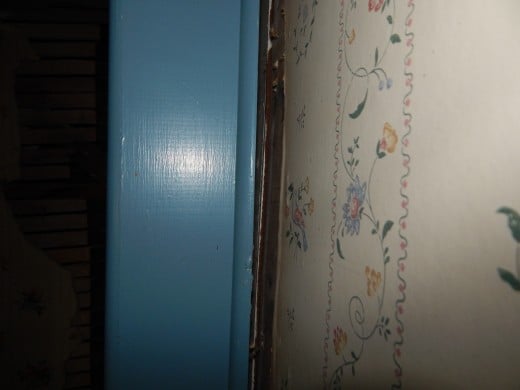

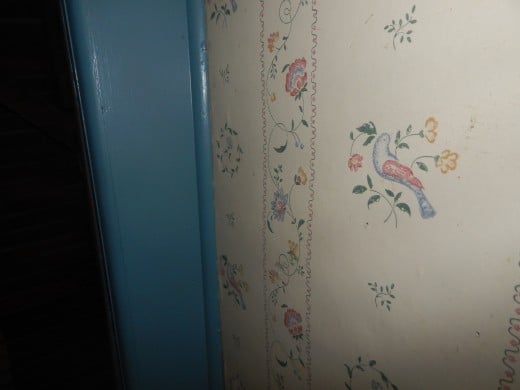
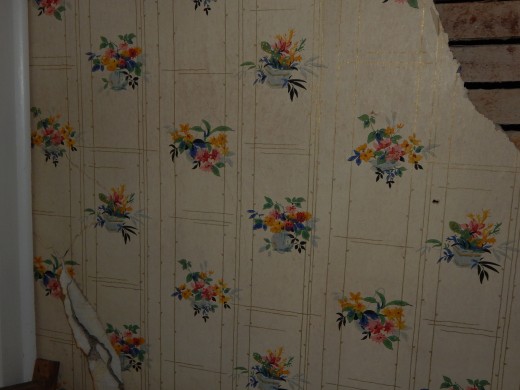
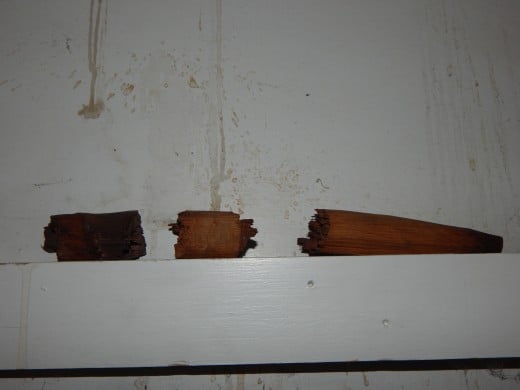
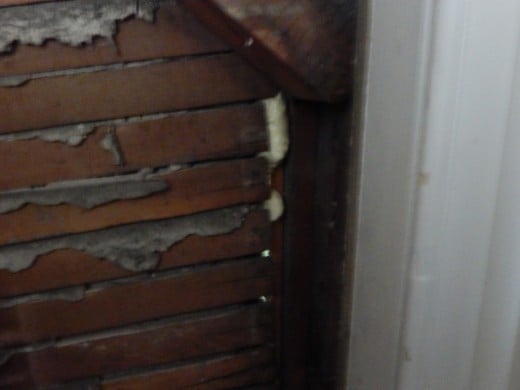
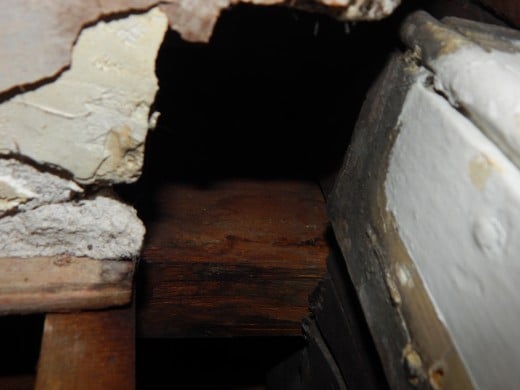
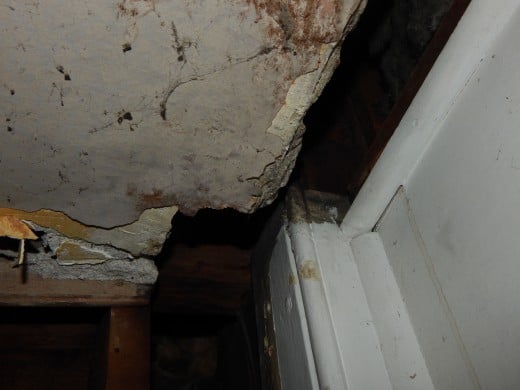
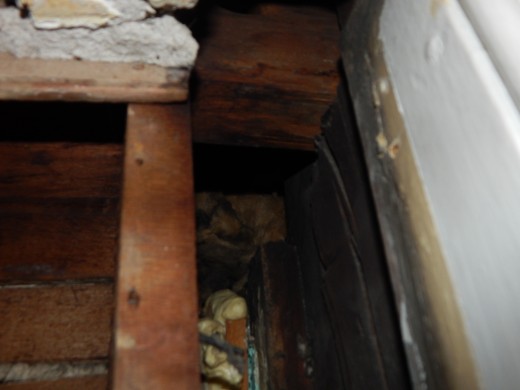
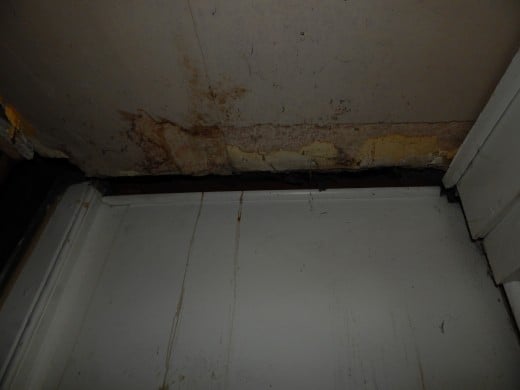
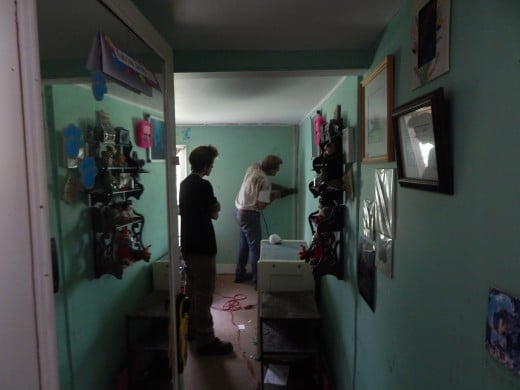

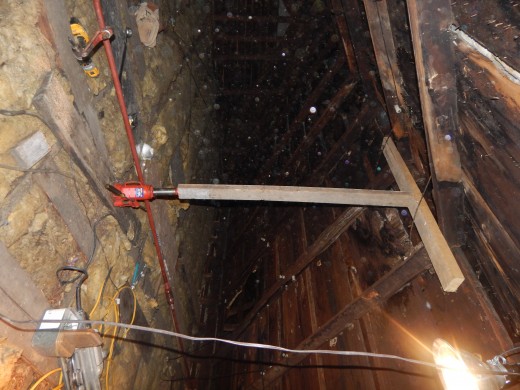
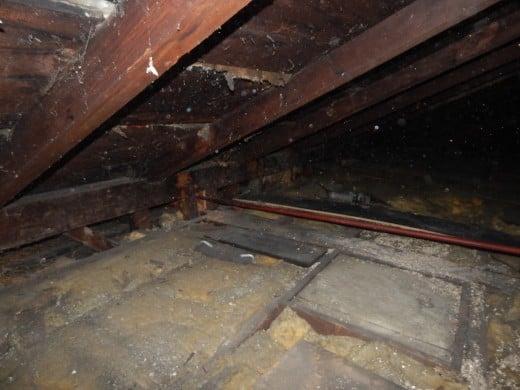
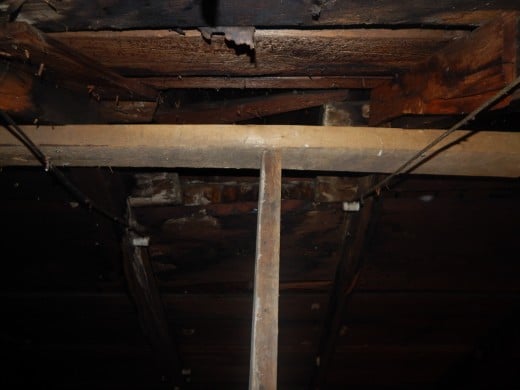
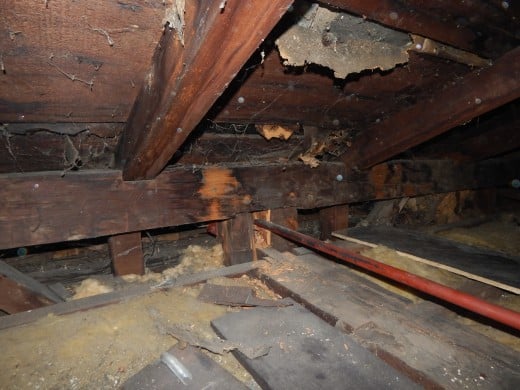
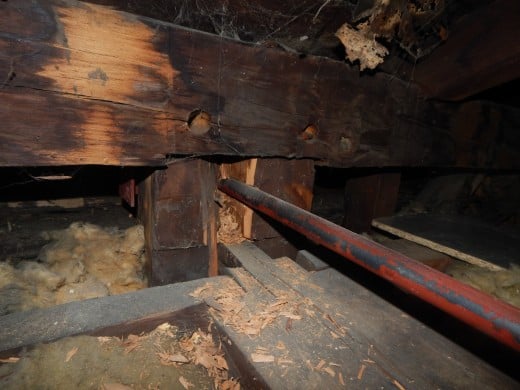

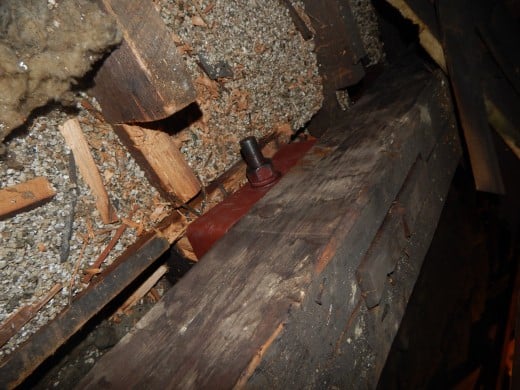
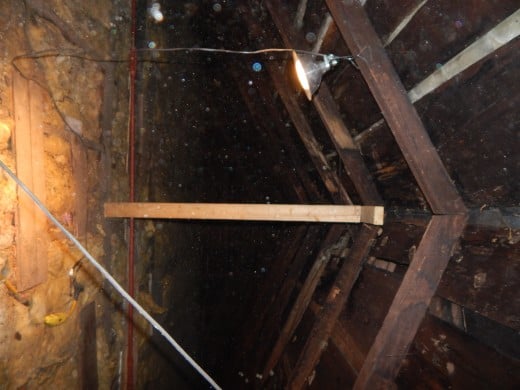
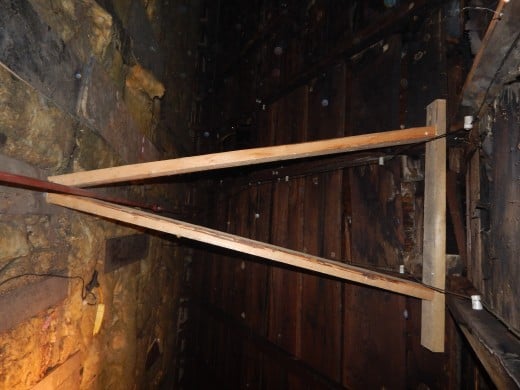
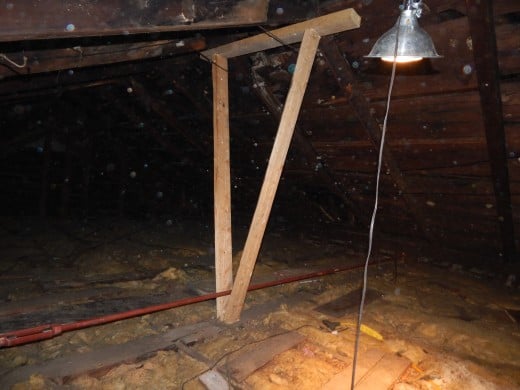
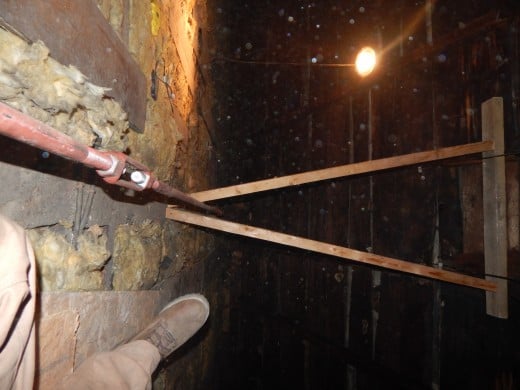


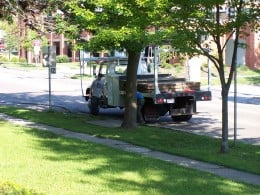

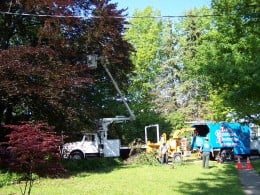


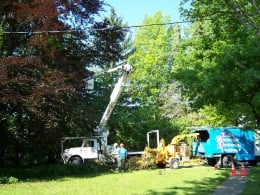
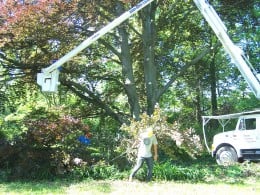
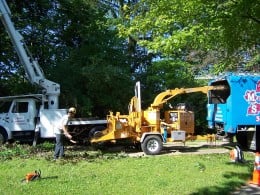
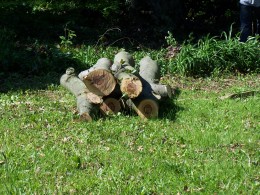

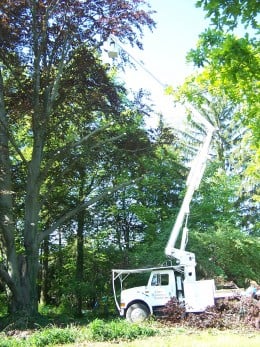


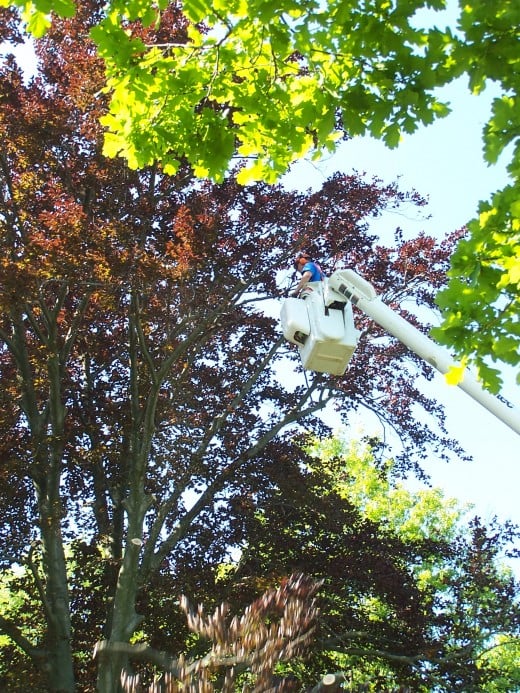
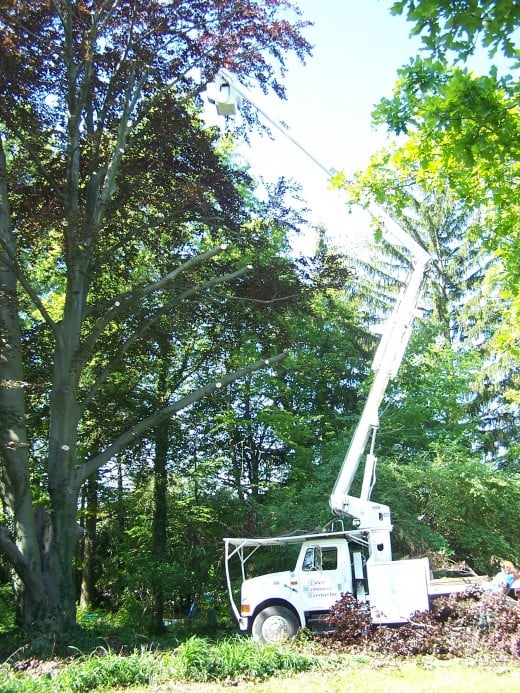
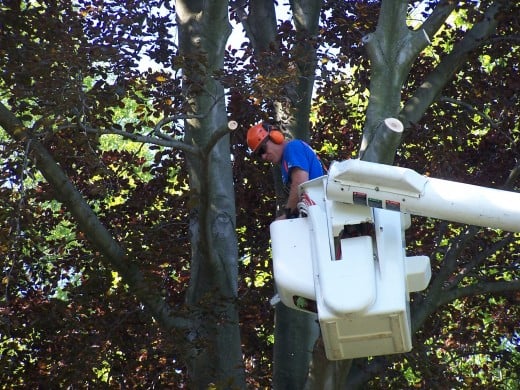
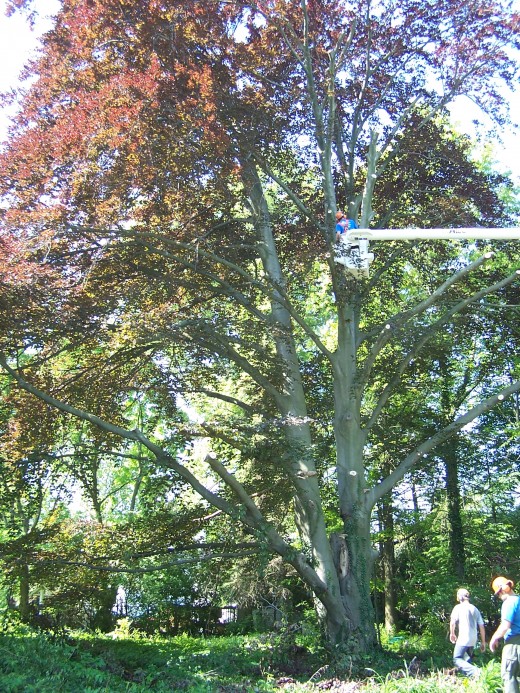
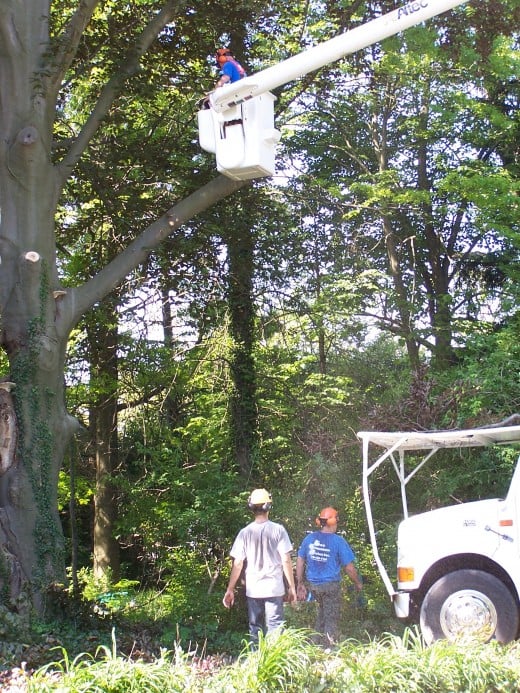
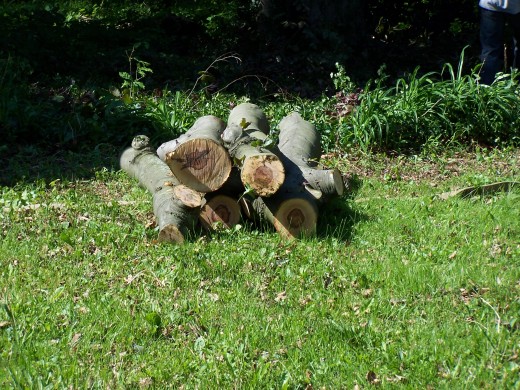
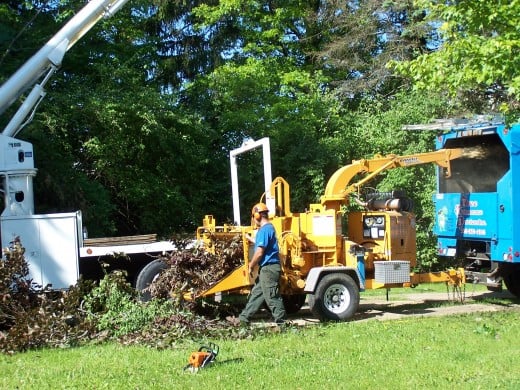
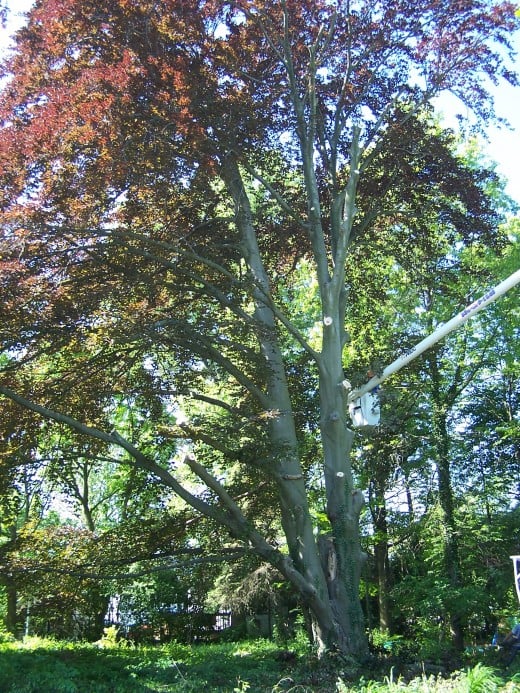
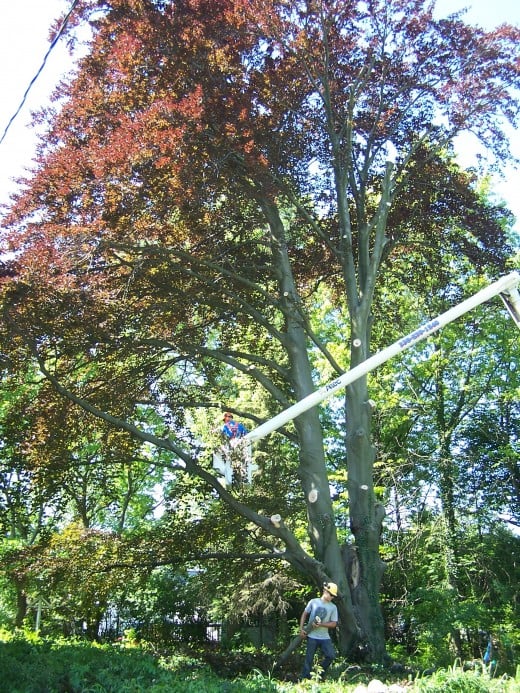

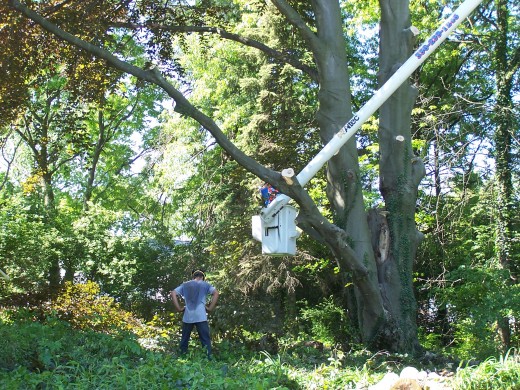
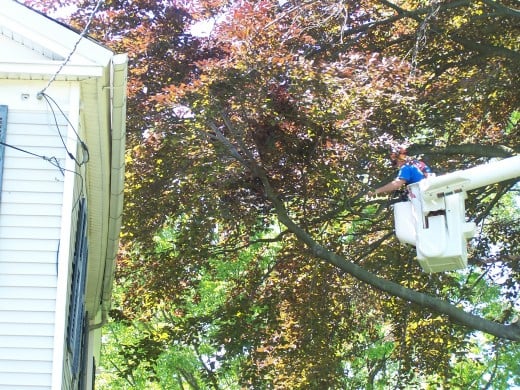
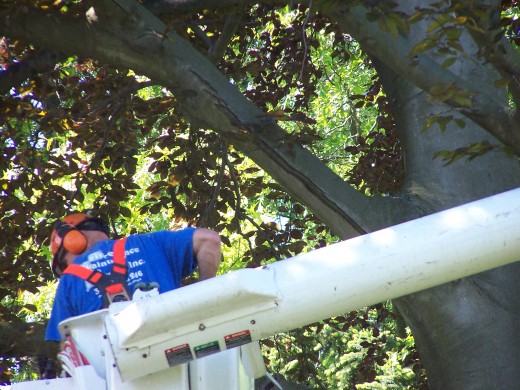
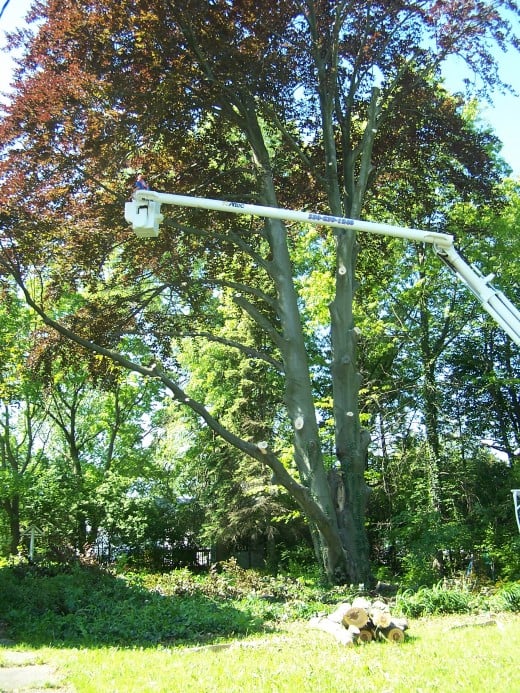
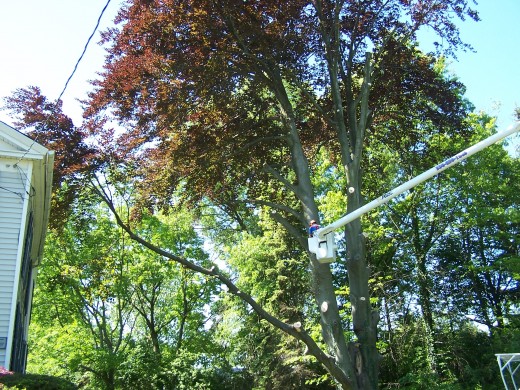
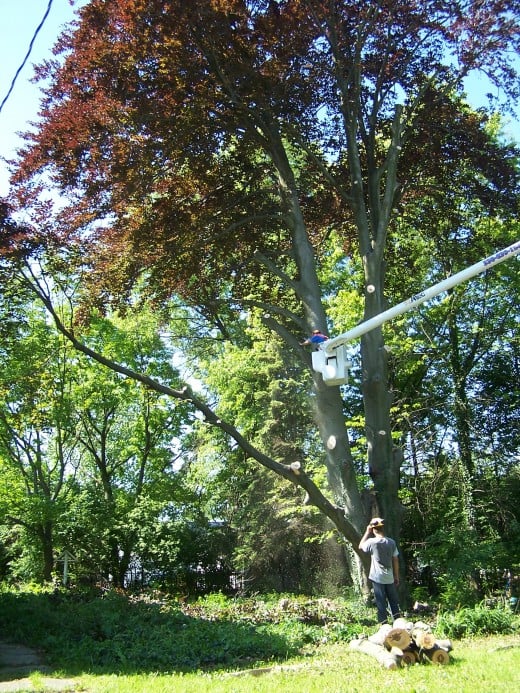
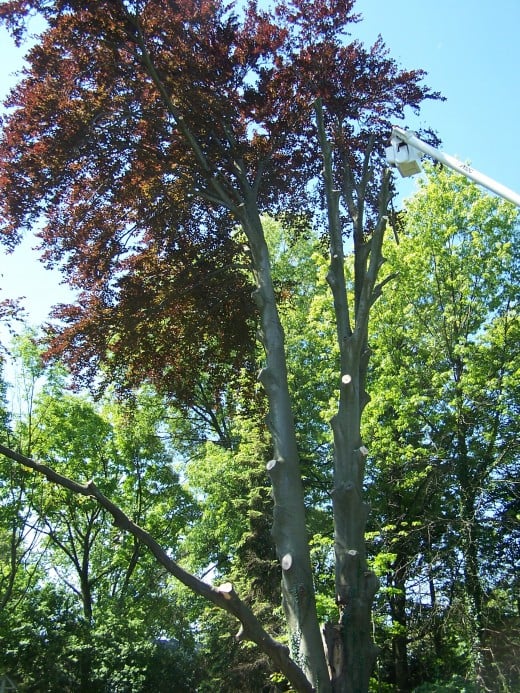
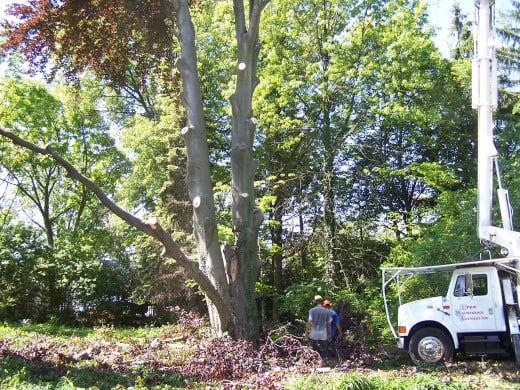


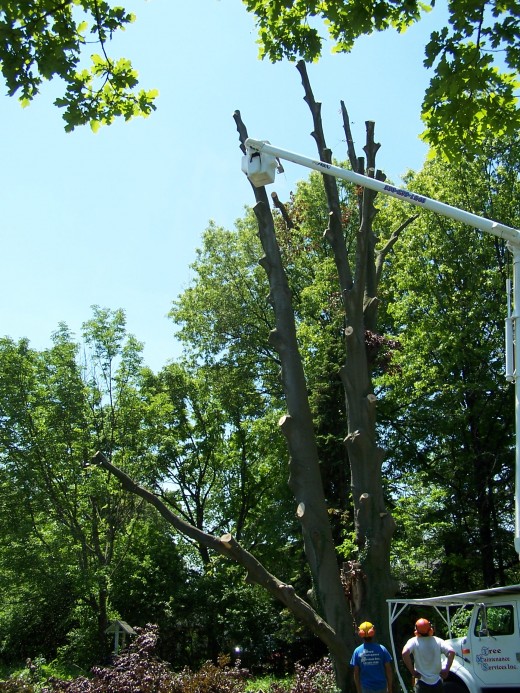
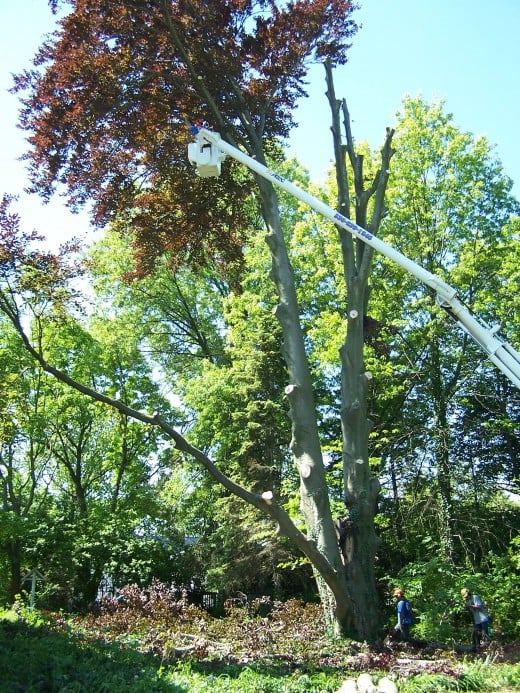
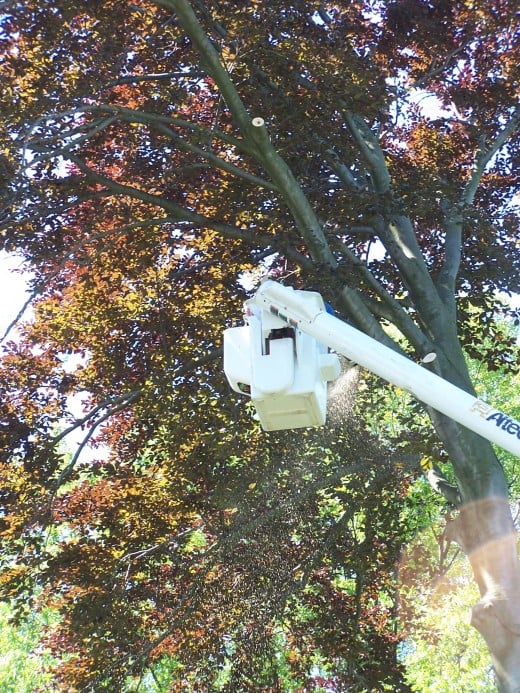

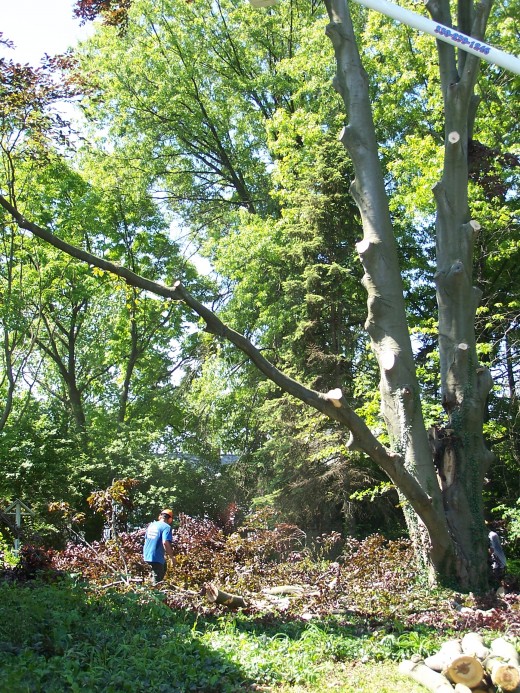


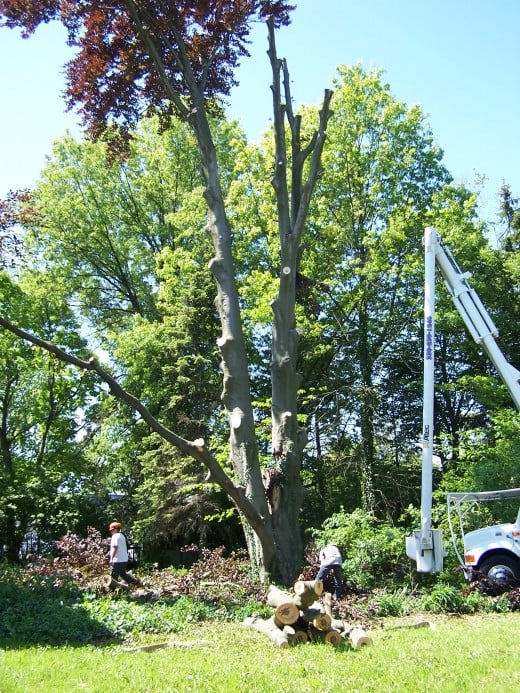
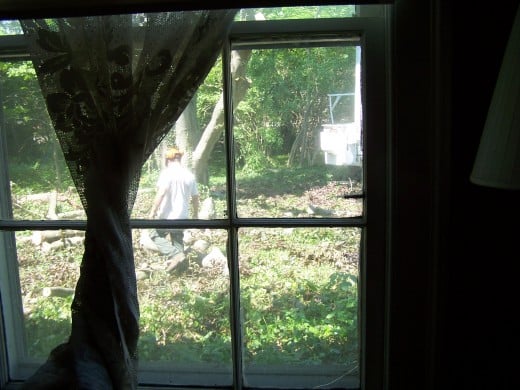
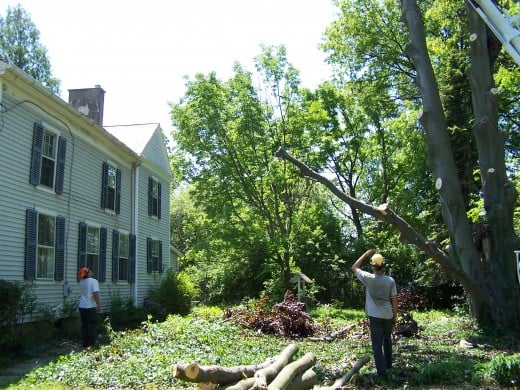
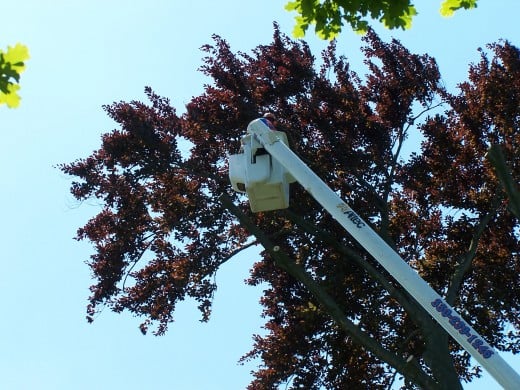
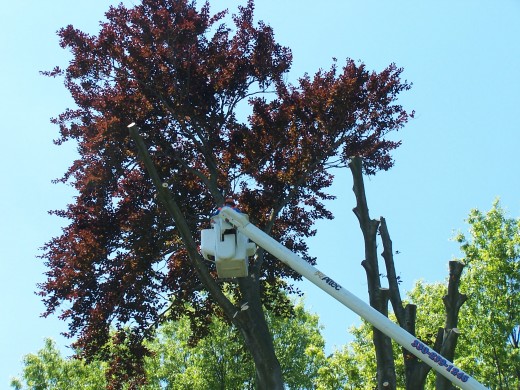
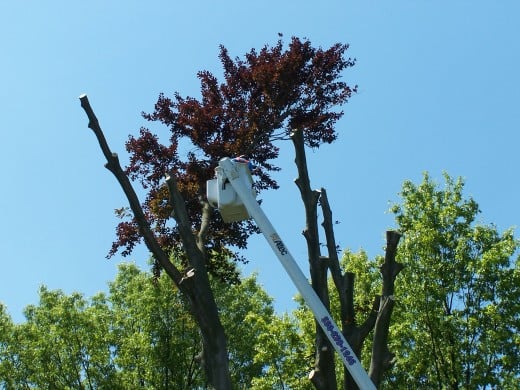
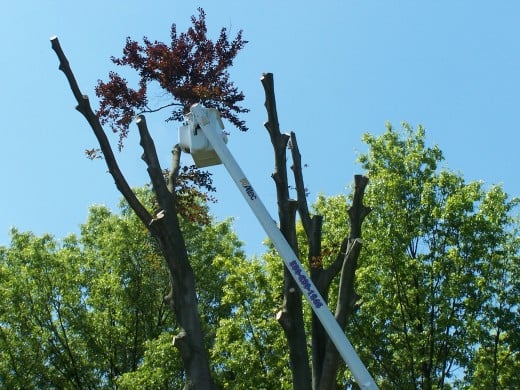
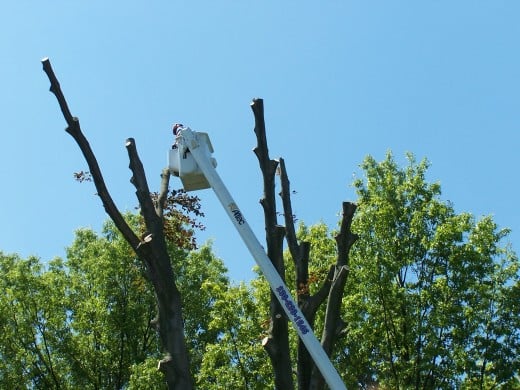
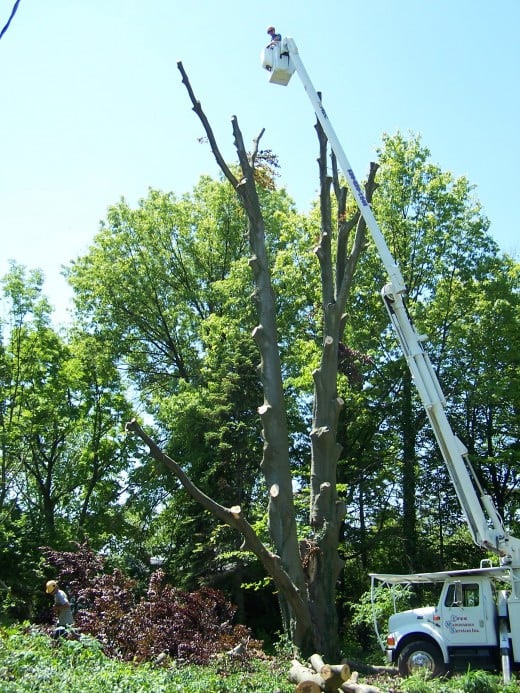
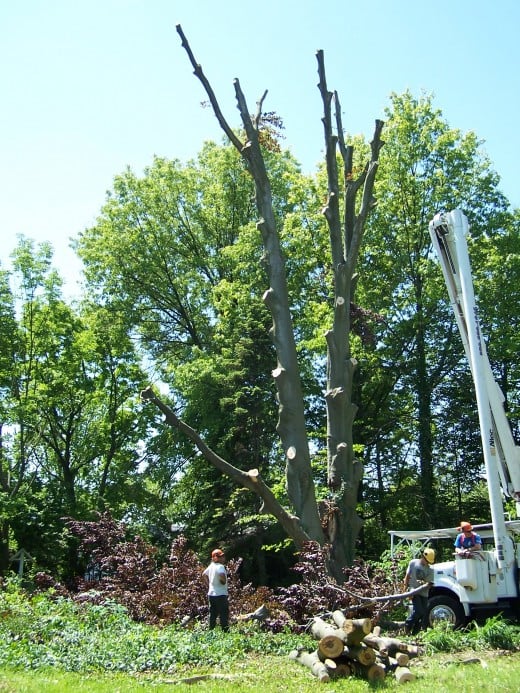
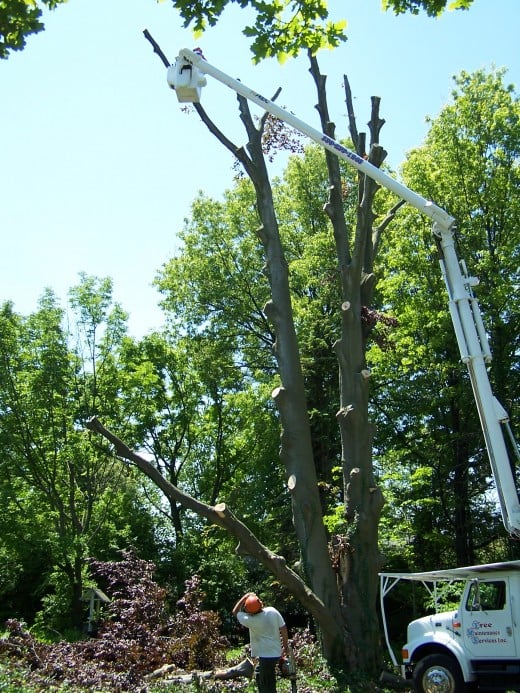
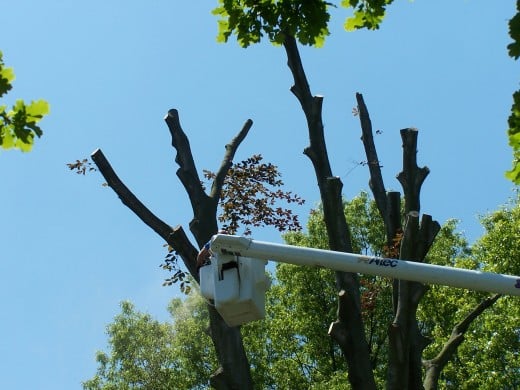
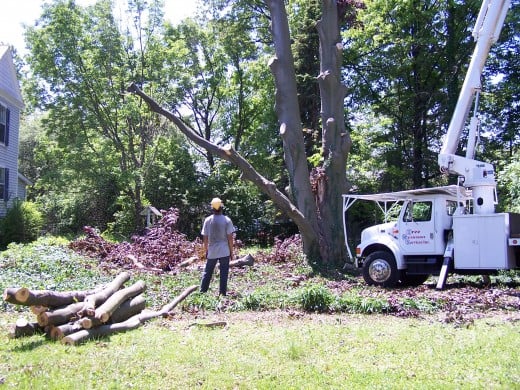

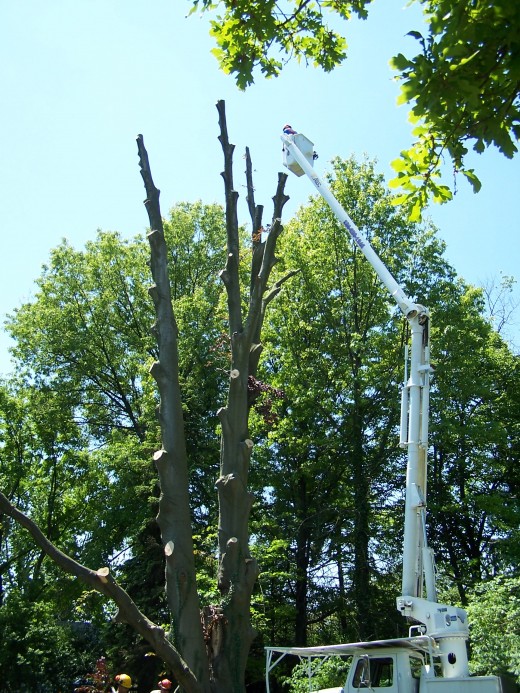
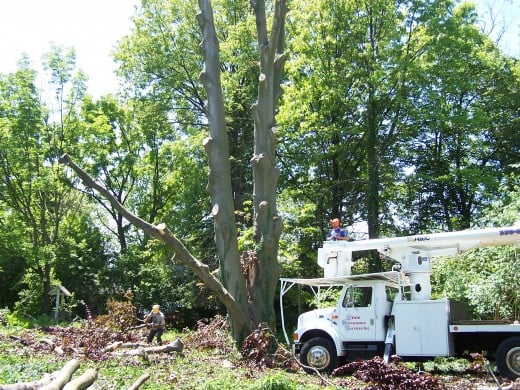
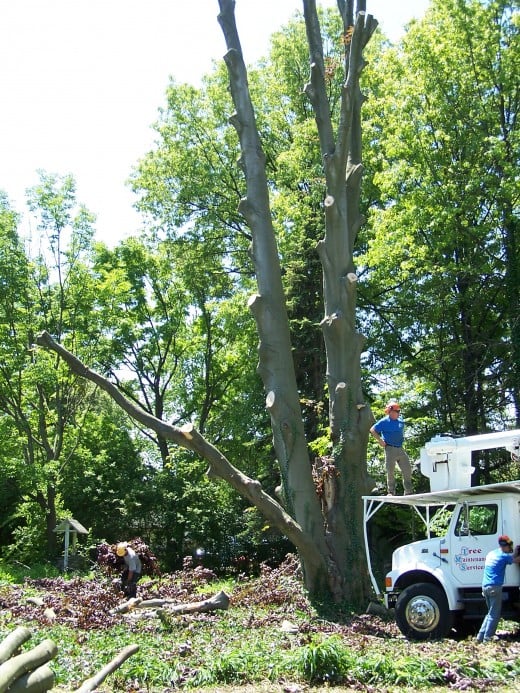
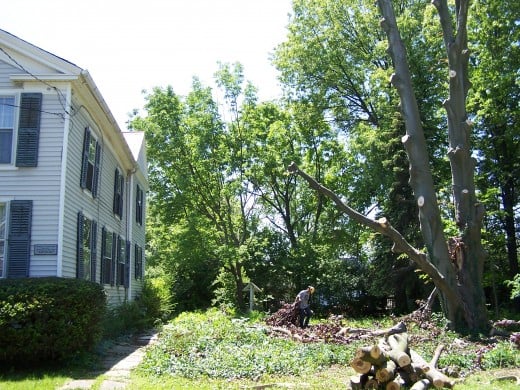
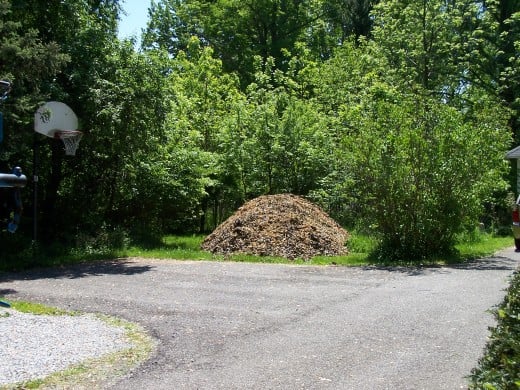
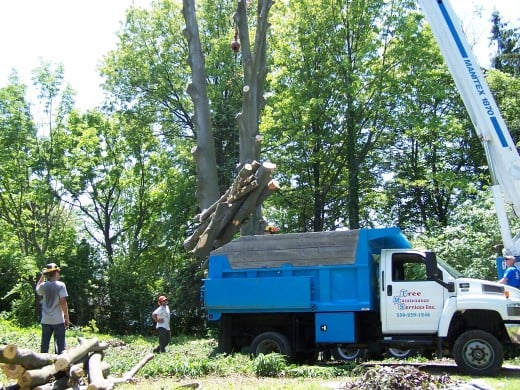
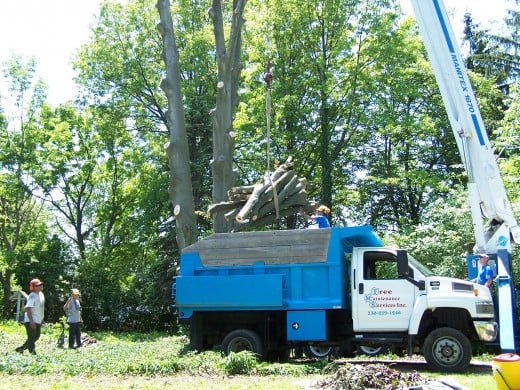
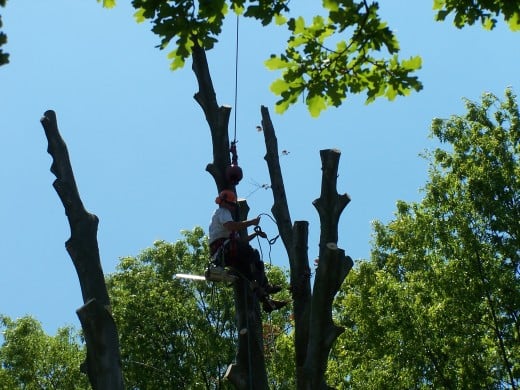
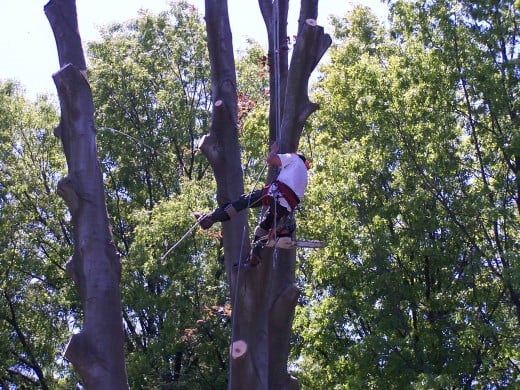

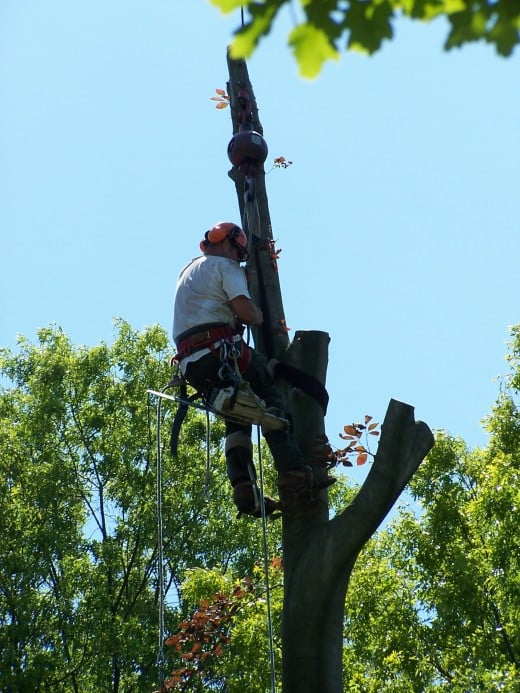

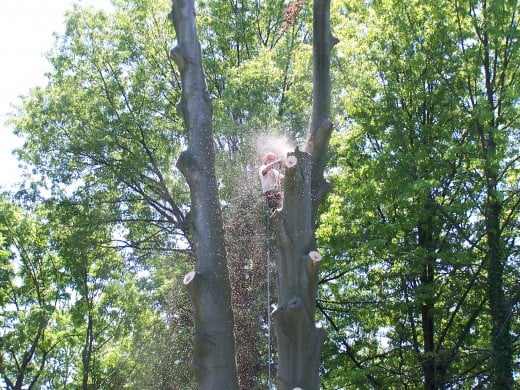
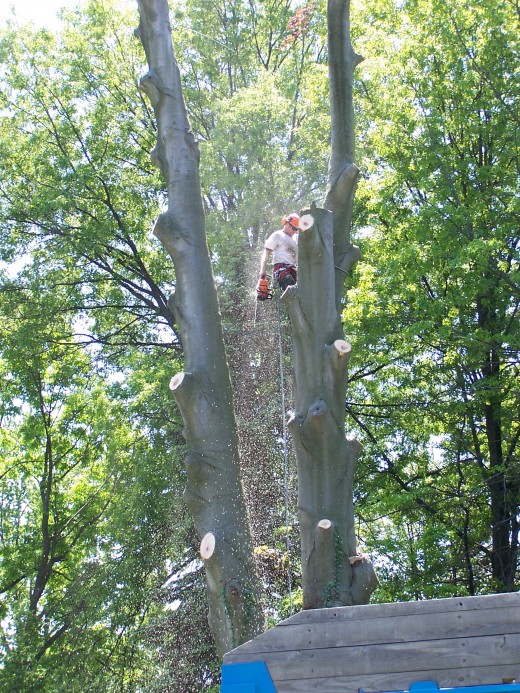


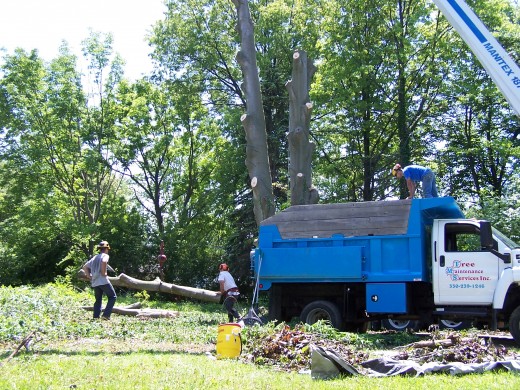
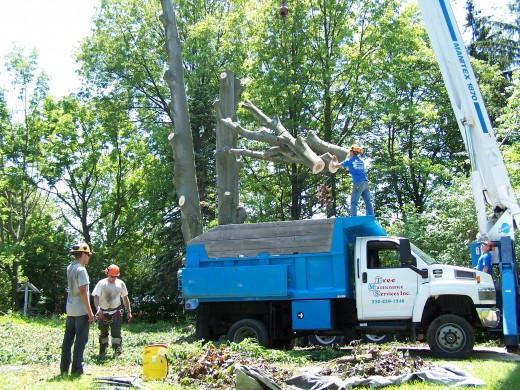
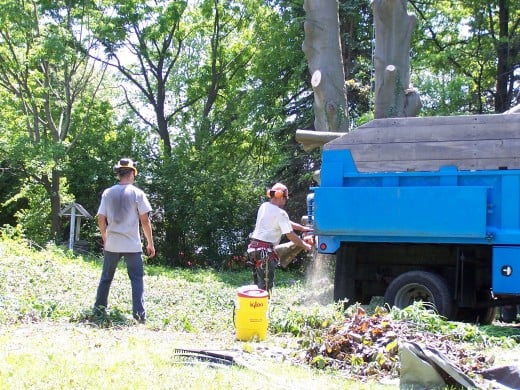

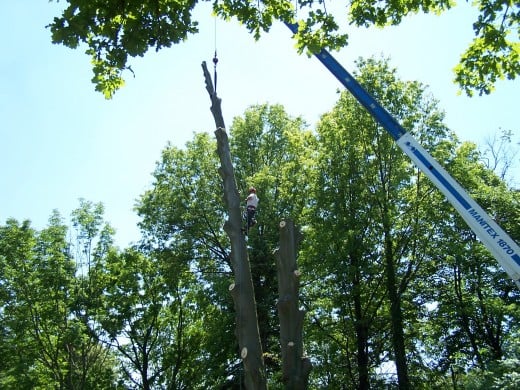
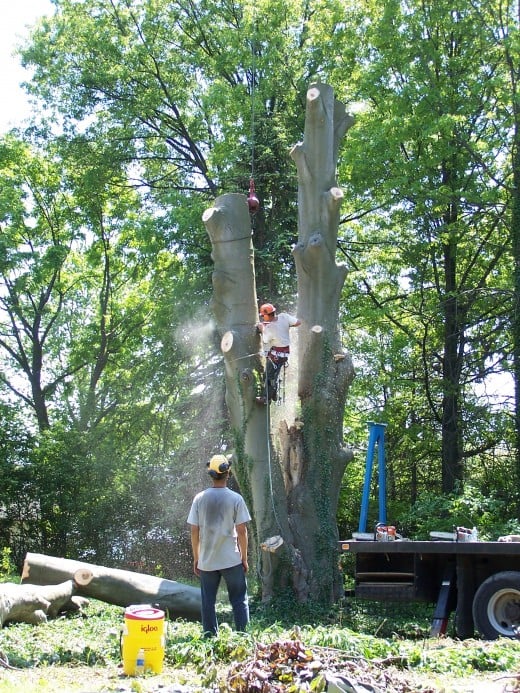
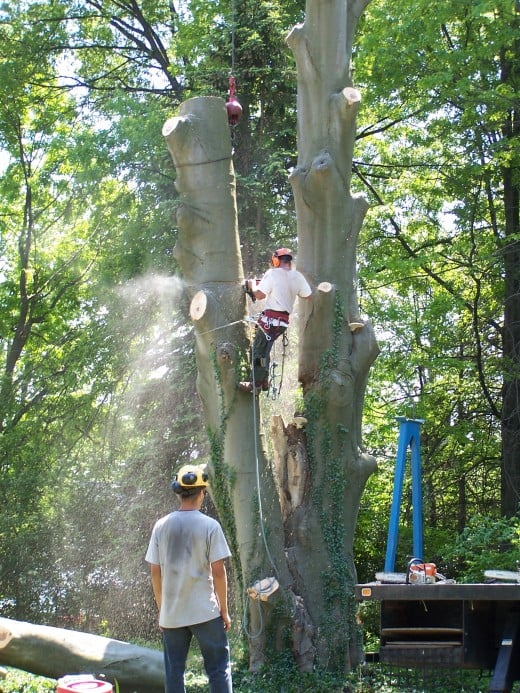
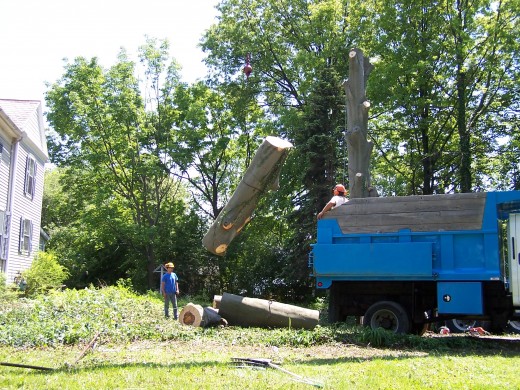
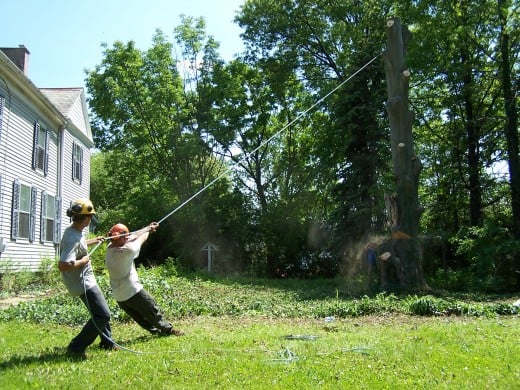
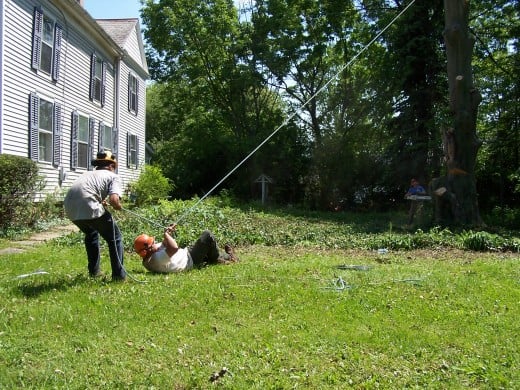
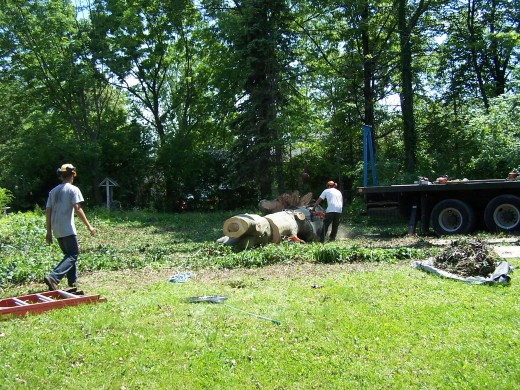
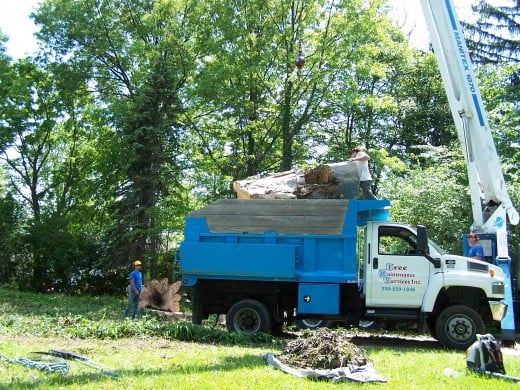
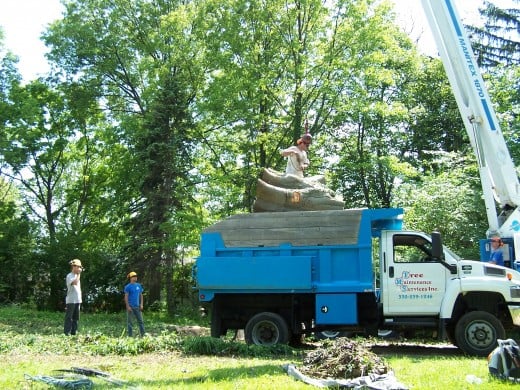
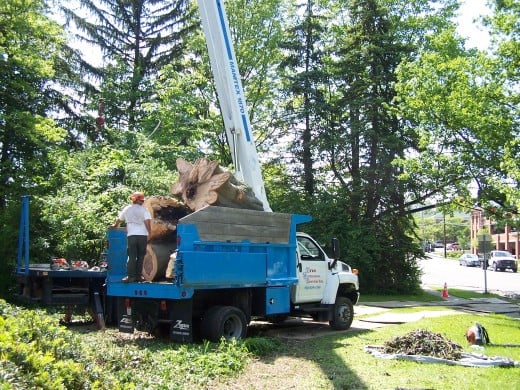
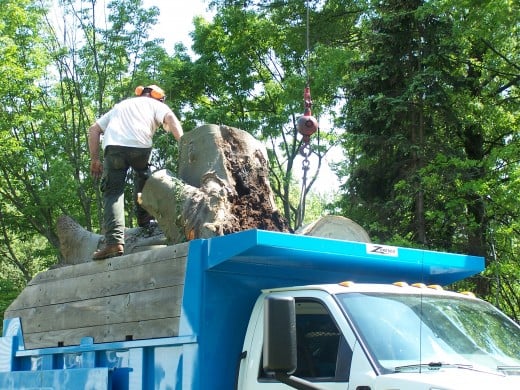

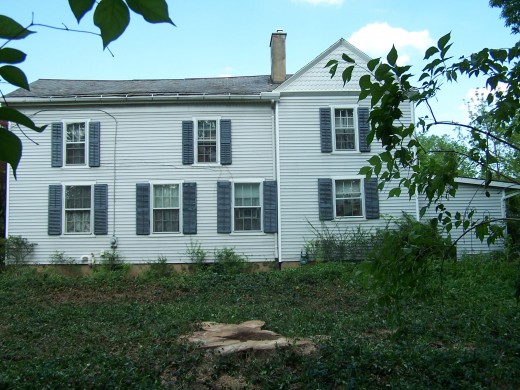
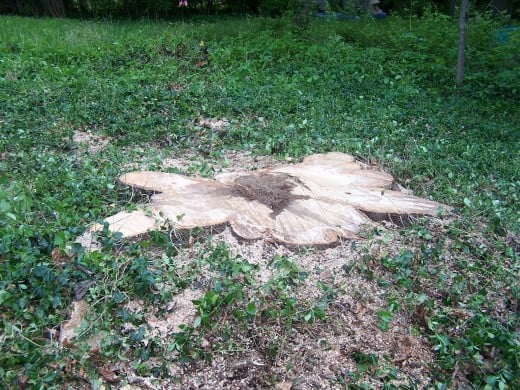

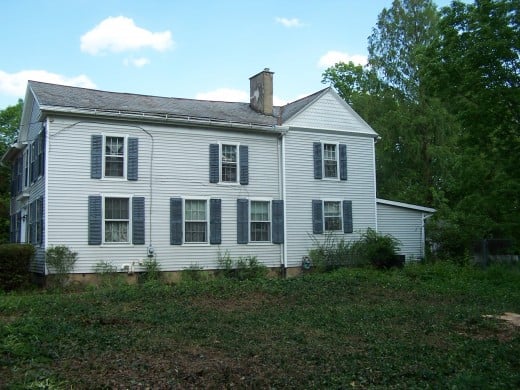
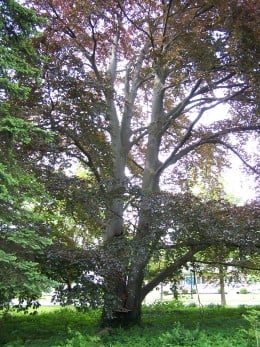
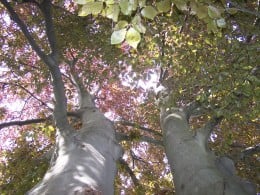

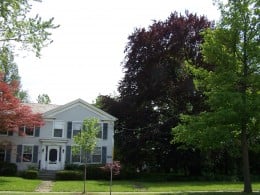

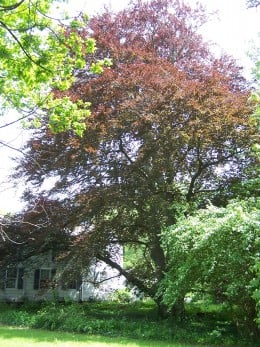

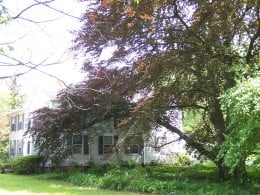


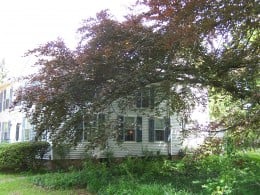
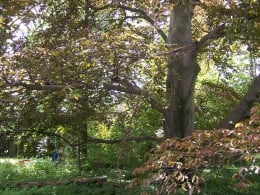
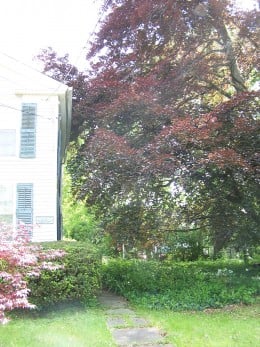
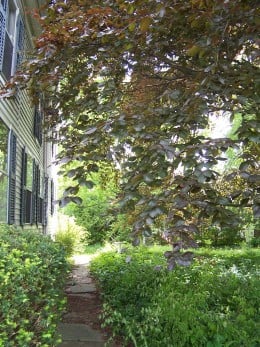


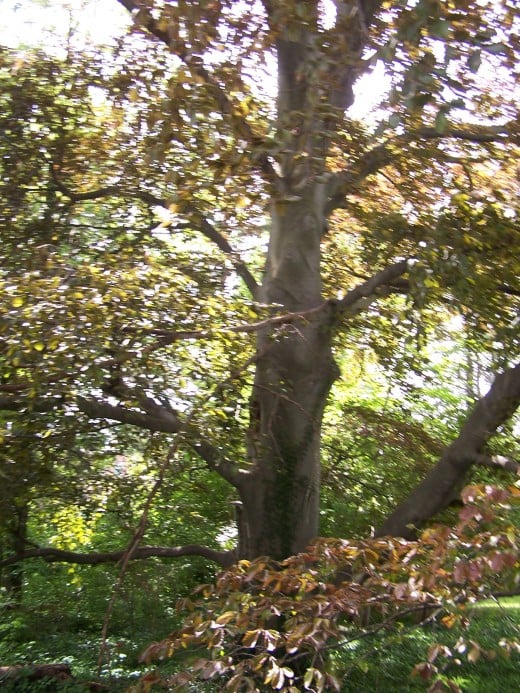
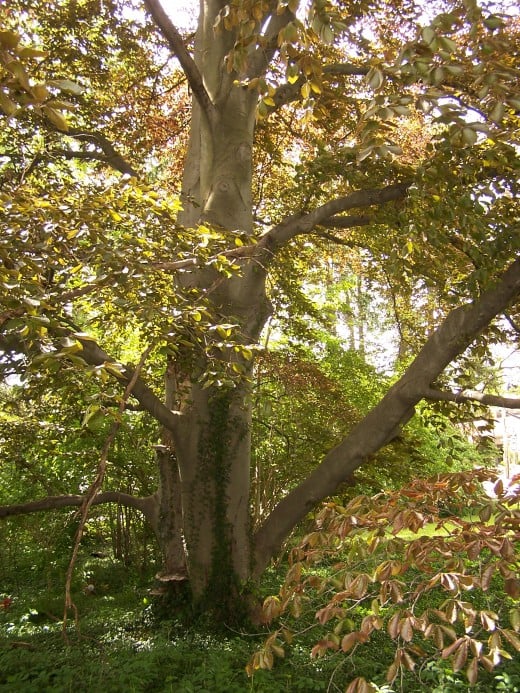

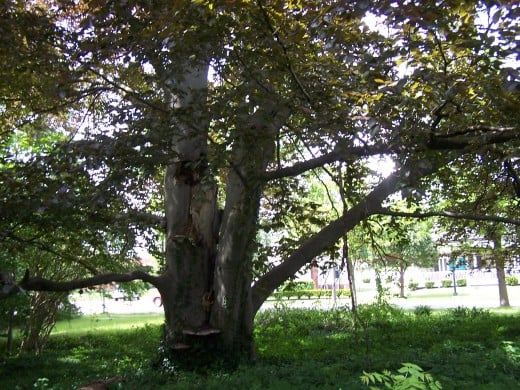
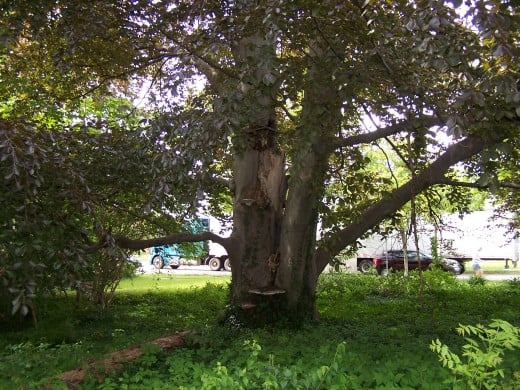



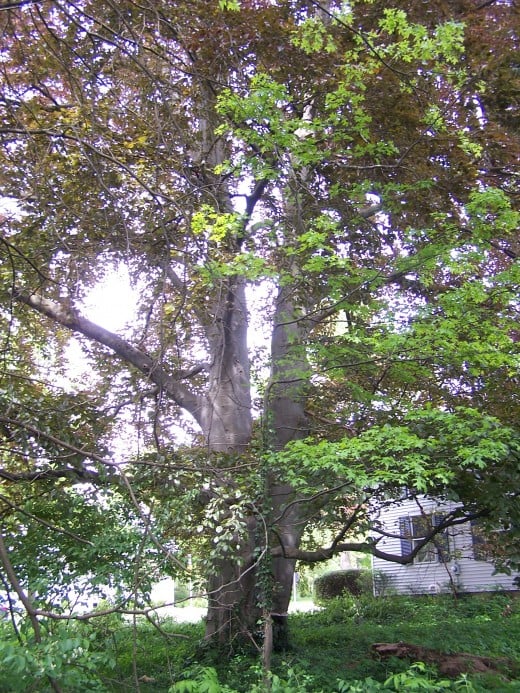
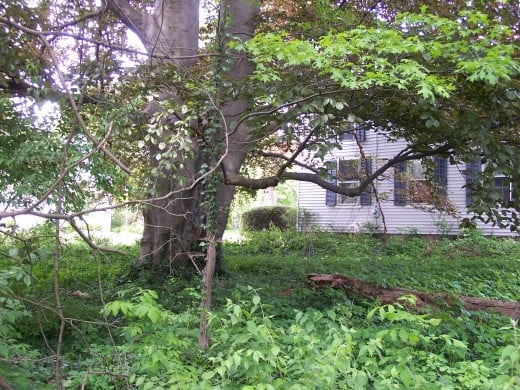



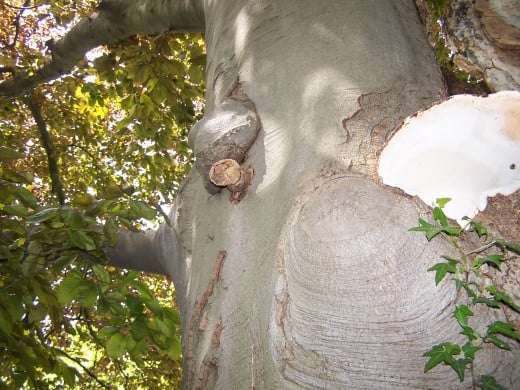
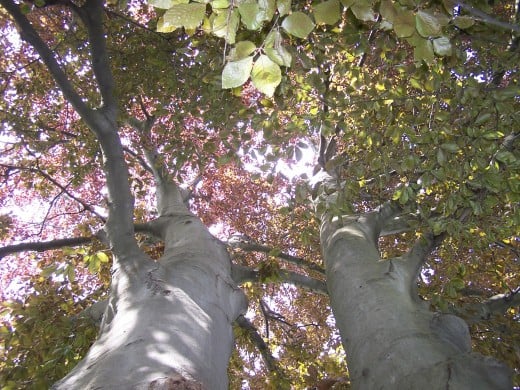
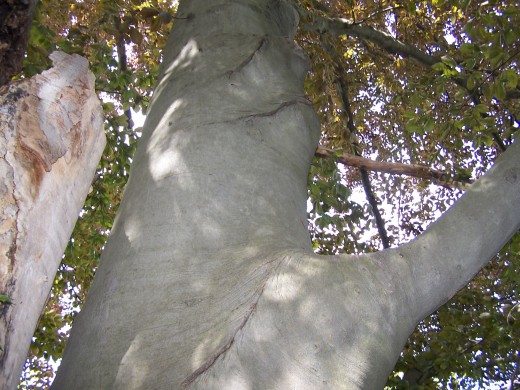
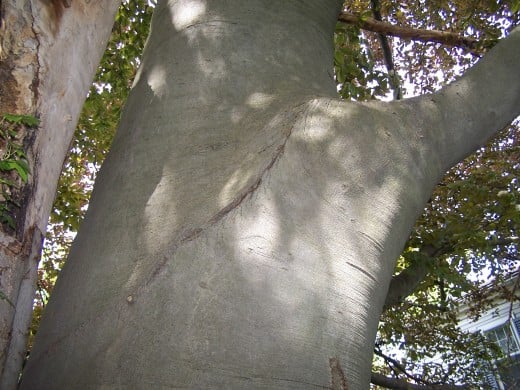



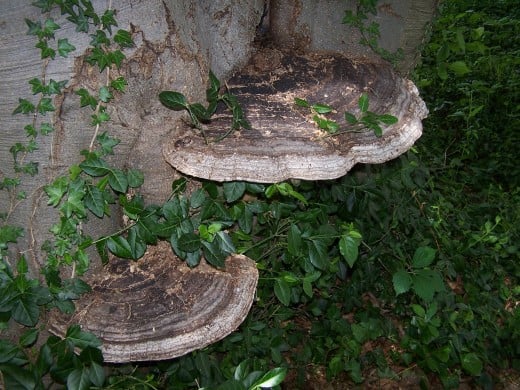
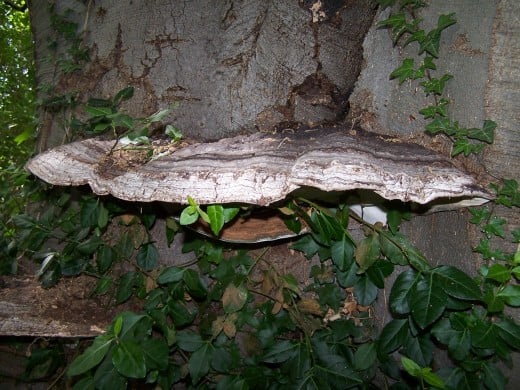
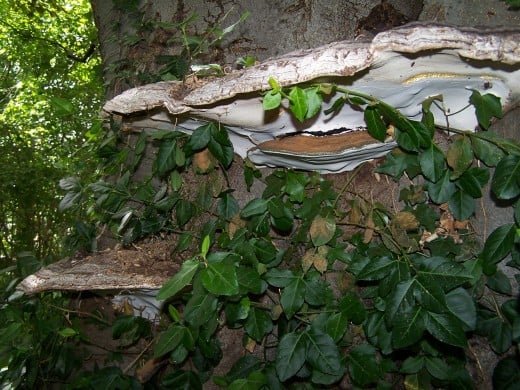


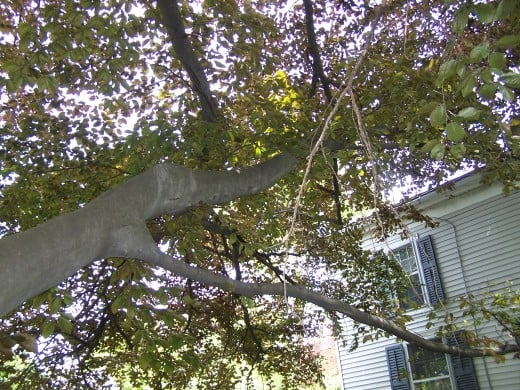
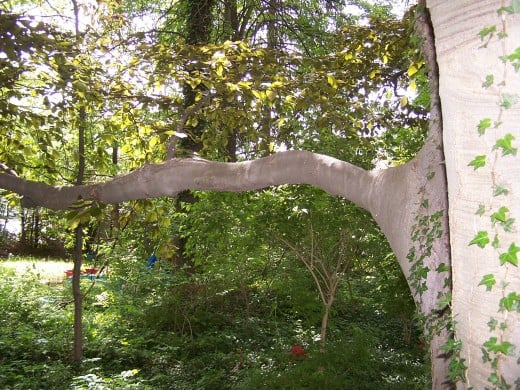

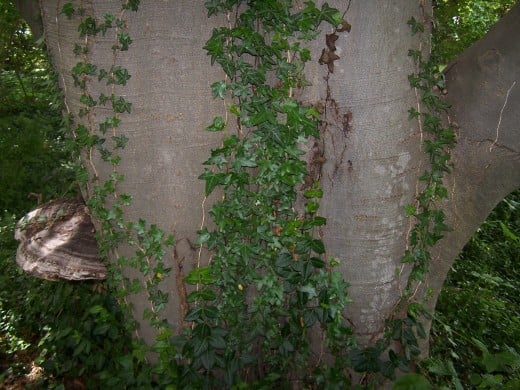
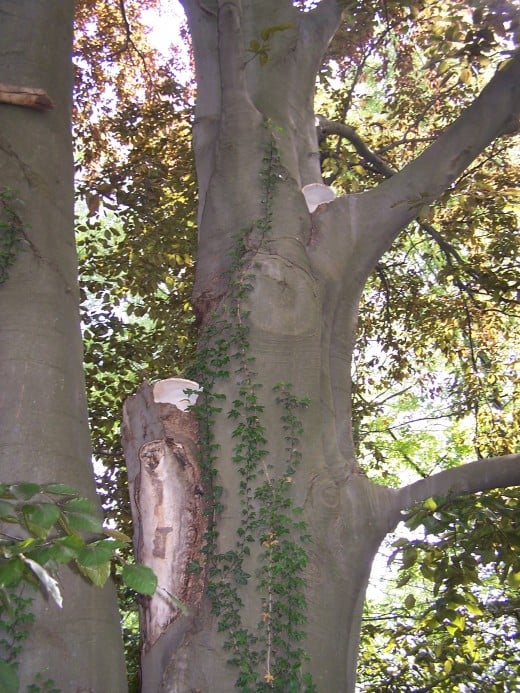
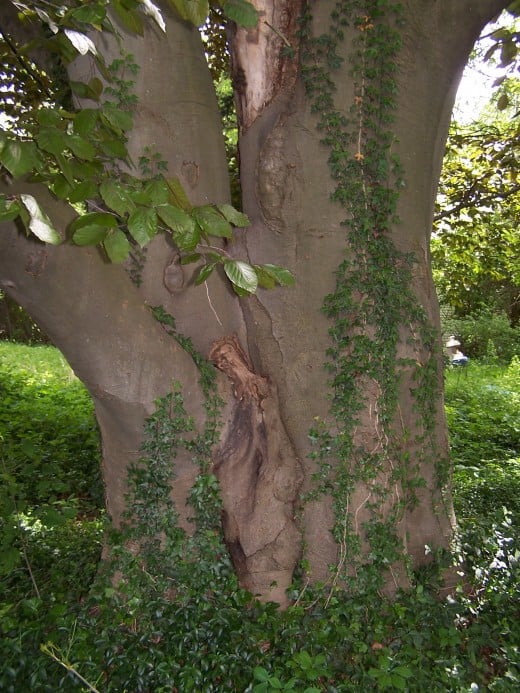
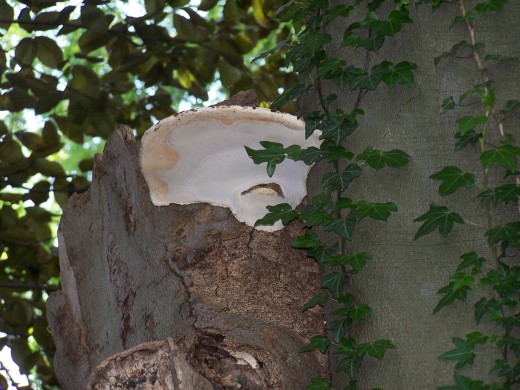
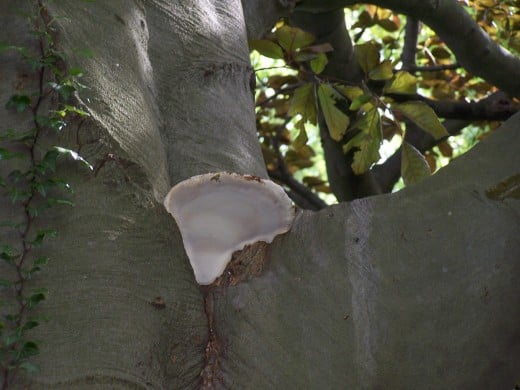
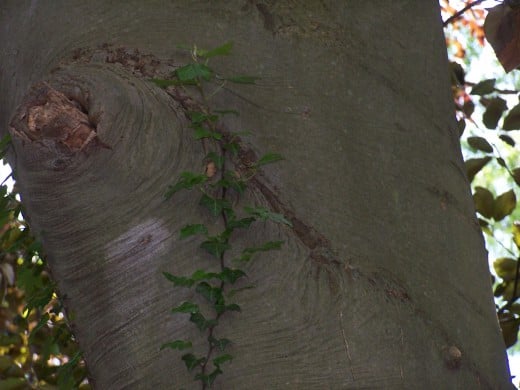
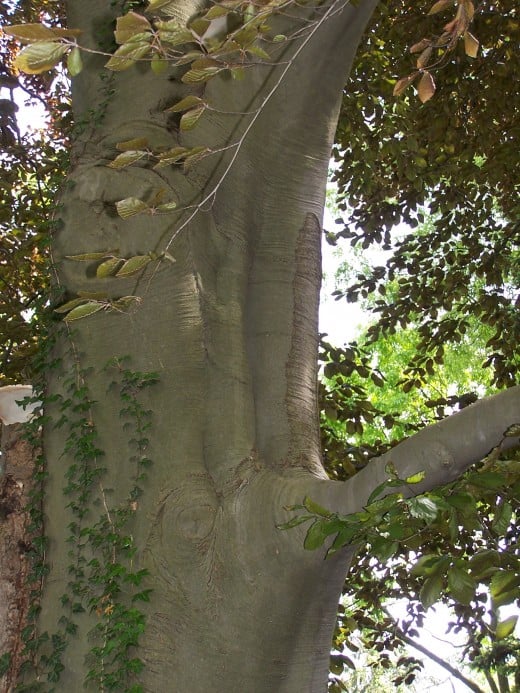


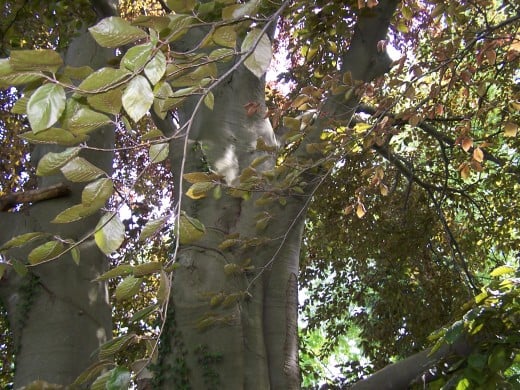


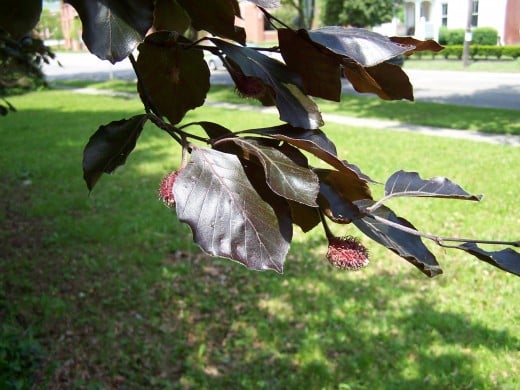
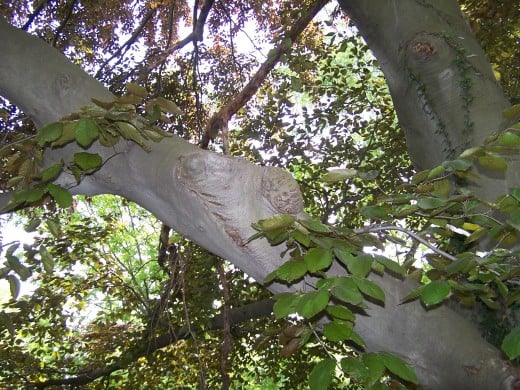


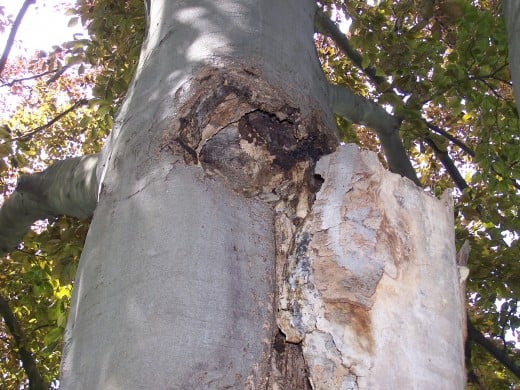
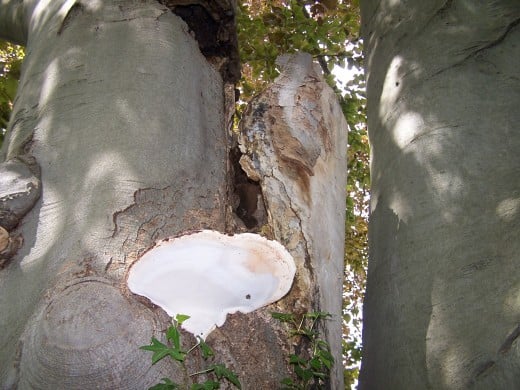

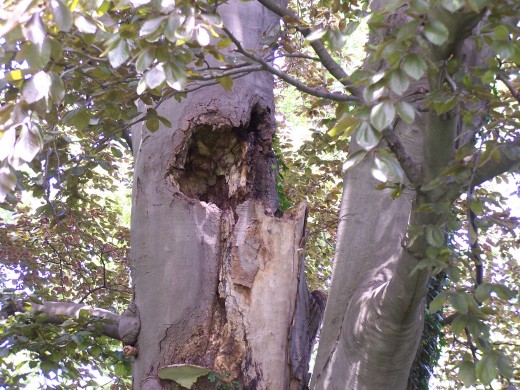

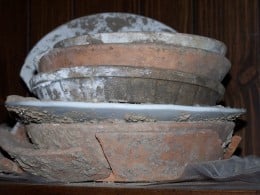

Nancy McC. Wilson 4 years ago
I am daughter of Pauline who was born in the Western Reserve farmhouse beside the copper beech, which will be taken down on May 15. My mother’s lifelong affection for trees is surely linked to the history of that eminent tree. Her loyalty has entered the family gene pool, and has shown up in me, my daughter, and my 17-year old granddaughter. It is wondrous beyond belief that Amy, the present owner and steward of that property, an in-town mini farm a block from the town common, shares this gene of love for this mighty old tree and will be there holding its branched hand as if falls this week. Thank you, and our deep sympathy to you, Amy. Through your words, the story of this tree will last.